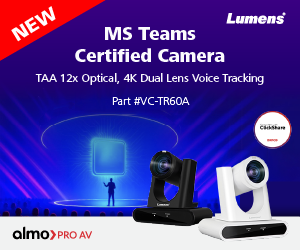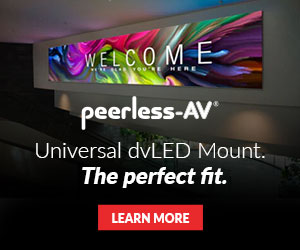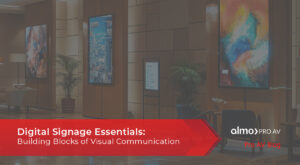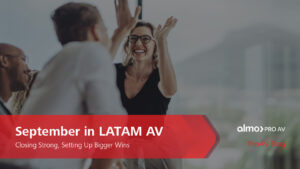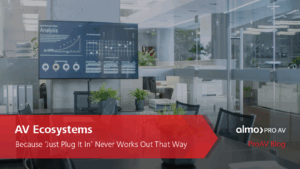Exploring Outdoor Spaces: the Power of AV in QSR Drive-Thru and Outdoor Dining
Welcome to the season of outdoor adventures! With warmer weather beckoning, patrons are eager to dine al fresco and enjoy the great outdoors. As the demand for outdoor dining and drive-thru experiences continues to rise, so does the importance of integrating audiovisual (AV) technology to enhance customer engagement and satisfaction.
Now is the perfect time for Pro AV integrators to dive into the realm of Outdoor AV solutions and grow their offerings for the high-growth Quick-Service Restaurant (QSR) market.
Let’s explore the innovative applications of AV solutions for QSRs and outdoor dining areas.
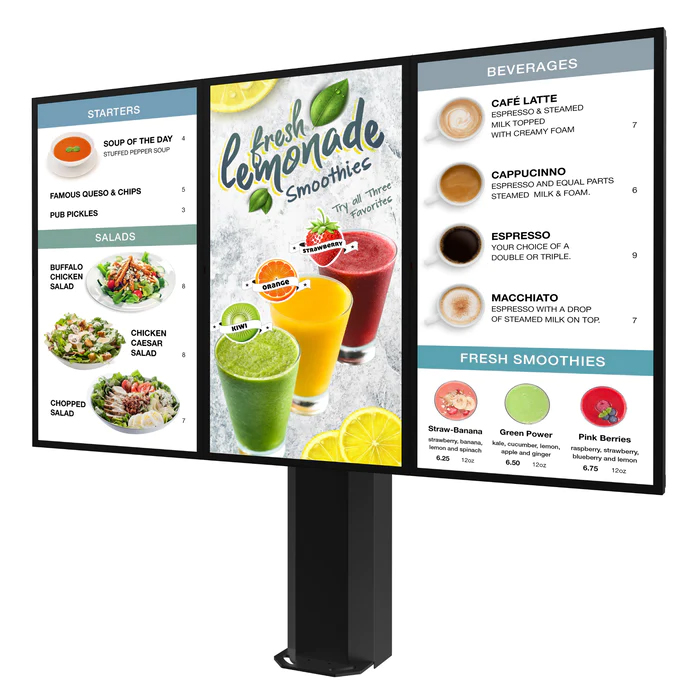 1. Digital Menu Boards for Dynamic Displays
1. Digital Menu Boards for Dynamic Displays
Say goodbye to static menu boards and hello to dynamic digital displays. Digital menu boards offer QSRs the flexibility to update menu items, promotions, and pricing in real time, catering to changing customer preferences, deals, and seasonal offerings. These eye-catching displays not only capture attention but also drive upsell opportunities and enhance the overall customer experience with a more efficient ordering process. Additionally, customers can view the items in their order on the screen, allowing them to make any corrections necessary before reaching the window.
Peerless-AV’s Outdoor Digital Menu Boards are all-weather rated and provide a simple installation process while allowing users to update the digital content remotely and in real-time.
2. Enhanced Communication in QSR Drive-Thru Lanes
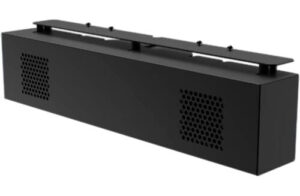 Gone are the days of crackling speakers and static-filled orders. AV technology is revolutionizing the drive-thru ordering experience, providing crystal-clear audio and seamless communication between customers and staff. Peerless-AV’s Speaker and Mic retrofits to the Outdoor Digital Menu Board for quick and simple installation, while delivering clear audio quality to ensure that every order is heard accurately, and every interaction is memorable.
Gone are the days of crackling speakers and static-filled orders. AV technology is revolutionizing the drive-thru ordering experience, providing crystal-clear audio and seamless communication between customers and staff. Peerless-AV’s Speaker and Mic retrofits to the Outdoor Digital Menu Board for quick and simple installation, while delivering clear audio quality to ensure that every order is heard accurately, and every interaction is memorable.
3. Convenience of Interactive Ordering Kiosks
 For those who choose to order in-store, interactive ordering kiosks empower customers to take control of their ordering experience. These user-friendly touchscreens provide a convenient way for patrons to browse menus, customize orders, and complete transactions independently. By streamlining the ordering process, QSRs can reduce wait times, minimize order errors, and improve overall operational efficiency.
For those who choose to order in-store, interactive ordering kiosks empower customers to take control of their ordering experience. These user-friendly touchscreens provide a convenient way for patrons to browse menus, customize orders, and complete transactions independently. By streamlining the ordering process, QSRs can reduce wait times, minimize order errors, and improve overall operational efficiency.
Designed to elevate any quick-service restaurant, the LG Self-Ordering Kiosk Monitor showcases vivid product images for easy ordering and doubles as an advertising screen when in standby mode. Maintenance is a breeze with its drawer-type design, allowing access to essential components, like the receipt printer and card reader without needing to disassemble the body. To learn more, watch the Exertis Almo podcast discussion on QSRs and kiosks.
4. Immersive Outdoor Dining Experiences
Transform outdoor dining areas into vibrant entertainment hubs with AV technology. Weather-resistant speakers, outdoor TVs, and ambient lighting create immersive environments that captivate diners and enhance their dining experience. Whether it’s live music, sports events, or digital signage displaying mouth-watering menu items, AV solutions elevate the outdoor dining experience.
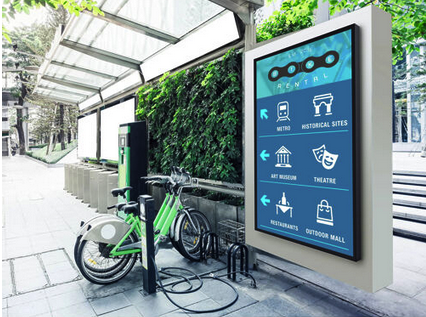 The Xtreme High Bright Displays from Peerless-AV are built to withstand the elements. These displays provide stunning picture quality – even under direct sunlight. With an operating temperature range of -31F to 140F and AK10 protective glass, Xtreme Displays are designed to thrive year-round. With an ambient light sensor that adjusts brightness accordingly, these displays offer impressive versatility for any outdoor setting.
The Xtreme High Bright Displays from Peerless-AV are built to withstand the elements. These displays provide stunning picture quality – even under direct sunlight. With an operating temperature range of -31F to 140F and AK10 protective glass, Xtreme Displays are designed to thrive year-round. With an ambient light sensor that adjusts brightness accordingly, these displays offer impressive versatility for any outdoor setting.
Designed exclusively for the Peerless-AV 75″ Xtreme High Bright Outdoor Display, the Outdoor Landscape/Portrait Wall Mount combines versatility, simplicity, and stability.
Samsung’s BHT Series Pro Terrace Edition is an outdoor QLED TV ready for a variety of customizable possibilities. Designed to engage customers in any outdoor environment, the series provides ultra-bright picture quality, weather-resistant durability, easy content management, and business-grade solutions. No matter the season, the IP55 weatherproof rating protects the display from the outdoor elements including humidity, dust, and heat.
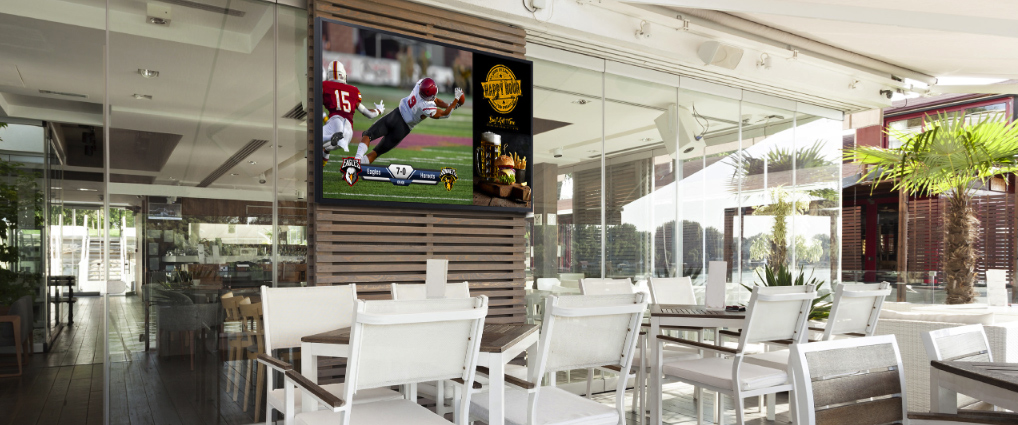
Enhance the outdoor audio experience with excellent full-range sound quality and 360-degree coverage of listening space, JBL’s Compact 5” Mushroom-Style Landscape Speaker is ideal for restaurants, pool areas bars, outdoor food courts, and more. And with a compact size and hunter green exterior, the speaker easily blends in with the landscaping.
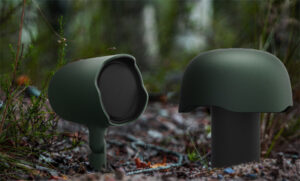 As detailed in the blog, “Bringing Harman-ies Outdoors,” Rob Voorhees, Exertis Almo Business Development Manager, provides an in-depth guide about the outdoor audio category, featuring product recommendations for various outdoor projects and applications.
As detailed in the blog, “Bringing Harman-ies Outdoors,” Rob Voorhees, Exertis Almo Business Development Manager, provides an in-depth guide about the outdoor audio category, featuring product recommendations for various outdoor projects and applications.
5. Seamless Integration and Scalability
One of the key advantages of AV technology is its ability to seamlessly integrate with existing infrastructure and scale to meet evolving business needs. Whether you’re working with a small QSR looking to enhance their drive-thru experience or a large chain expanding their outdoor dining offerings, AV solutions can be tailored to suit their specific requirements and budget.
In conclusion, the integration of AV technology in QSR drive-thru lanes and outdoor dining areas is transforming the way customers engage with food service establishments. By leveraging innovative AV solutions, QSRs can enhance communication, streamline operations, and create memorable experiences that keep customers coming back for more.
Ready to elevate your outdoor dining and drive-thru restaurant projects?
Reach out to us today to explore how our range of AV hardware and software solutions can help you achieve your goals.

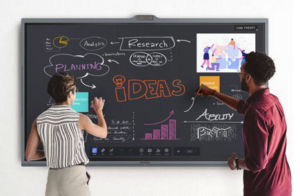
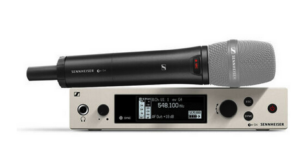
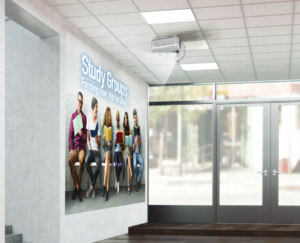 Space-Saving Projection
Space-Saving Projection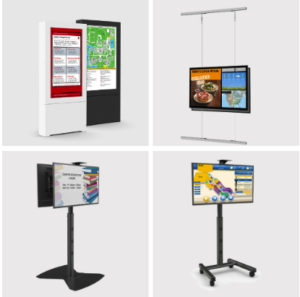 AV systems must also be flexible to be able to handle constantly changing classroom needs to fit hybrid, hyflex, in-person and distance learning styles, often all in the same day. The Da-Lite
AV systems must also be flexible to be able to handle constantly changing classroom needs to fit hybrid, hyflex, in-person and distance learning styles, often all in the same day. The Da-Lite 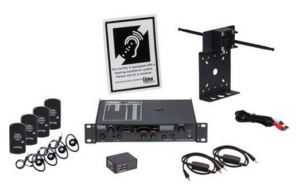 Technology that promotes inclusivity and accessibility is paramount in education spaces, as it ensures that each student has the opportunity to learn and thrive. Incorporating assistive listening technology is crucial, as it ensures that each individual can fully participate in classroom discussions and activities, fostering equal access to educational opportunities for all students.
Technology that promotes inclusivity and accessibility is paramount in education spaces, as it ensures that each student has the opportunity to learn and thrive. Incorporating assistive listening technology is crucial, as it ensures that each individual can fully participate in classroom discussions and activities, fostering equal access to educational opportunities for all students.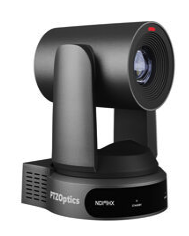
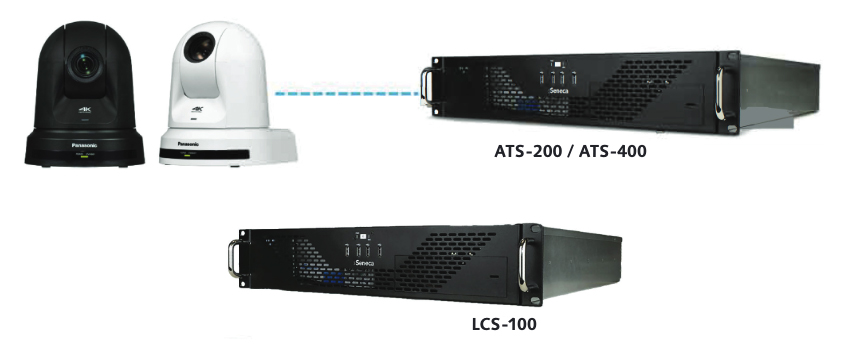 Panasonic’s LCS-100 lecture capture appliance integrates with the ATS-200 / ATS-400 auto-tracking servers, and
Panasonic’s LCS-100 lecture capture appliance integrates with the ATS-200 / ATS-400 auto-tracking servers, and 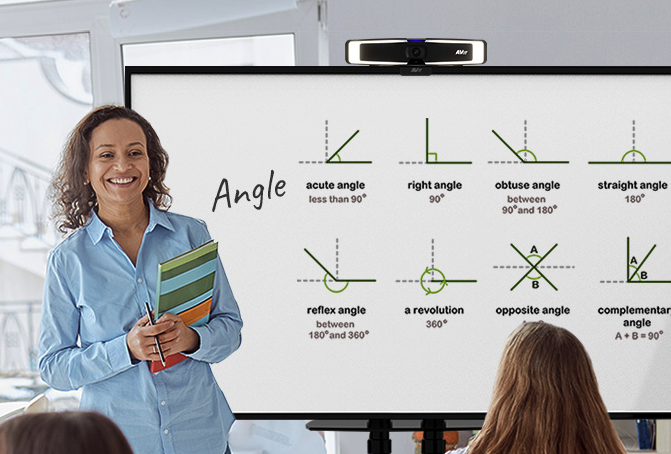
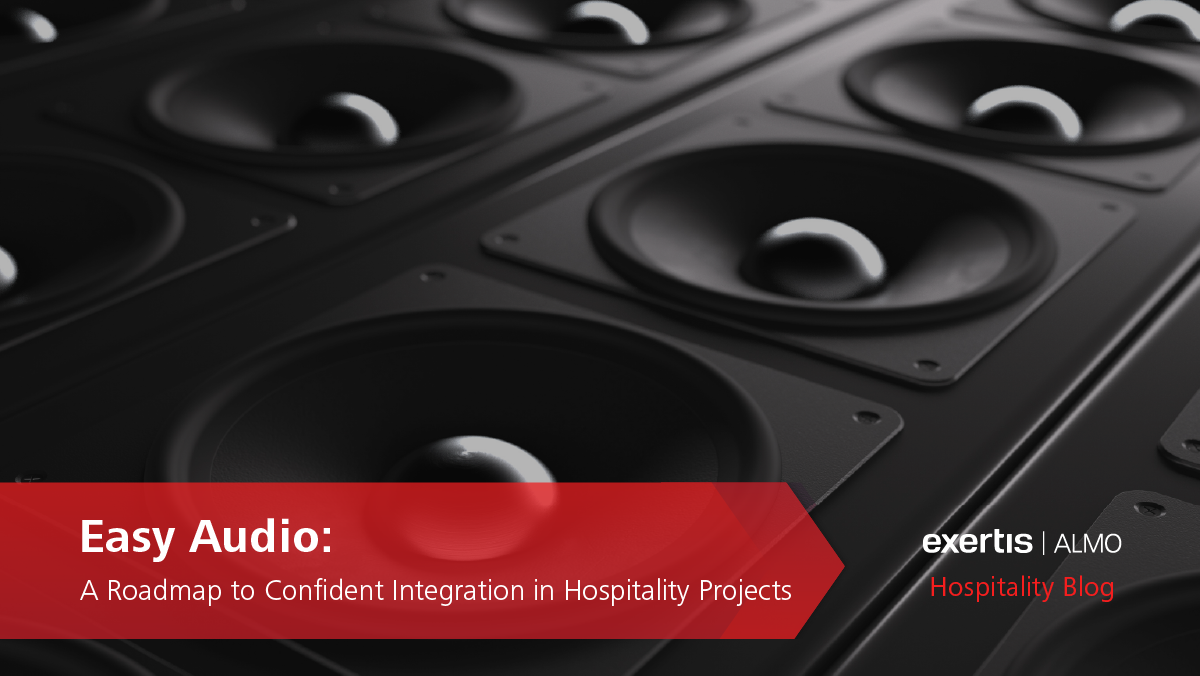
 2. Creating a Roadmap:
2. Creating a Roadmap: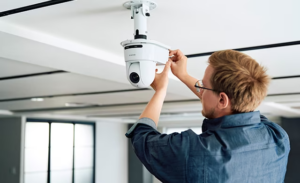
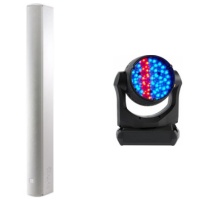 2. Sound, Lighting, and Imagery – Uplift with Immersive Experiences
2. Sound, Lighting, and Imagery – Uplift with Immersive Experiences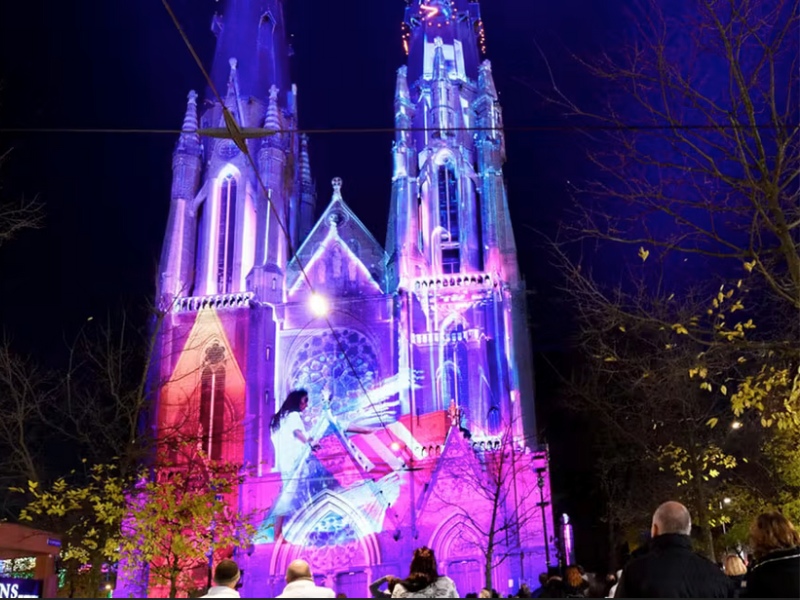
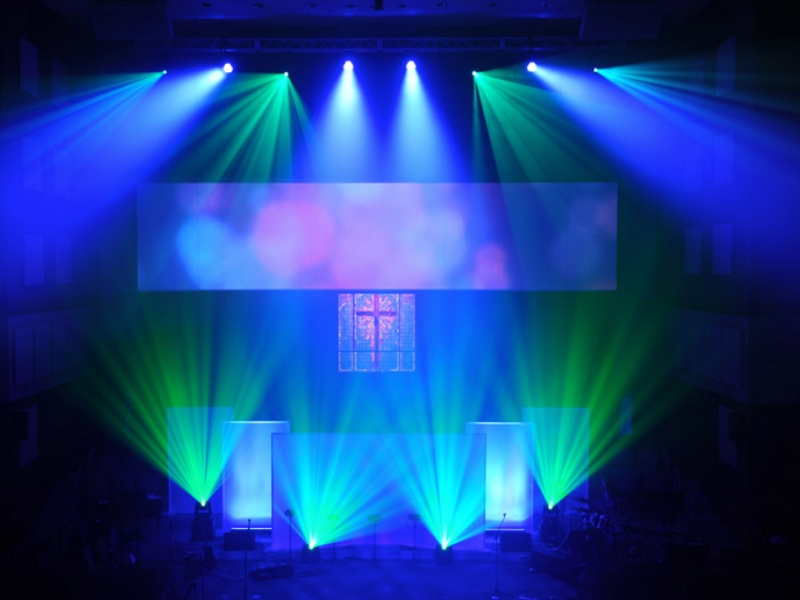
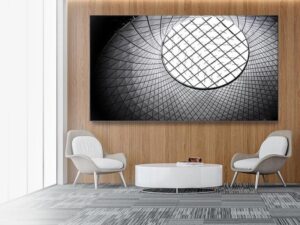
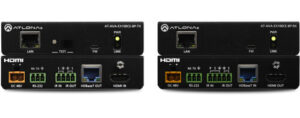

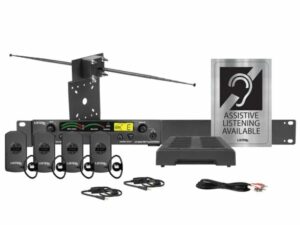
 Podcasting studios within houses of worship have become more common, enabling the creation of audio content for a broader audience beyond those attending in-person. Acting as a supplement to traditional worship, podcasts have become a powerful tool for sharing discussions and teachings with a global audience, extending beyond the physical congregation.
Podcasting studios within houses of worship have become more common, enabling the creation of audio content for a broader audience beyond those attending in-person. Acting as a supplement to traditional worship, podcasts have become a powerful tool for sharing discussions and teachings with a global audience, extending beyond the physical congregation. While still emerging, some houses of worship are exploring the use of Virtual Reality (VR) and Augmented Reality (AR) technologies to create unique and immersive spiritual experiences, transcending traditional boundaries. By embracing this new technology in the House of Worship space, spirituality can become more accessible and adaptable to the evolving preferences of congregations.
While still emerging, some houses of worship are exploring the use of Virtual Reality (VR) and Augmented Reality (AR) technologies to create unique and immersive spiritual experiences, transcending traditional boundaries. By embracing this new technology in the House of Worship space, spirituality can become more accessible and adaptable to the evolving preferences of congregations.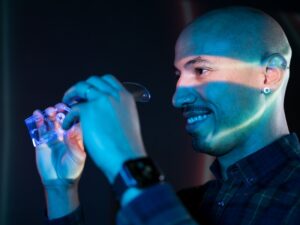 From energy-efficient projectors to recyclable AV materials, the industry is aligning with environmental consciousness. These solutions not only benefit the planet but also contribute to cost savings and a positive brand image.
From energy-efficient projectors to recyclable AV materials, the industry is aligning with environmental consciousness. These solutions not only benefit the planet but also contribute to cost savings and a positive brand image.